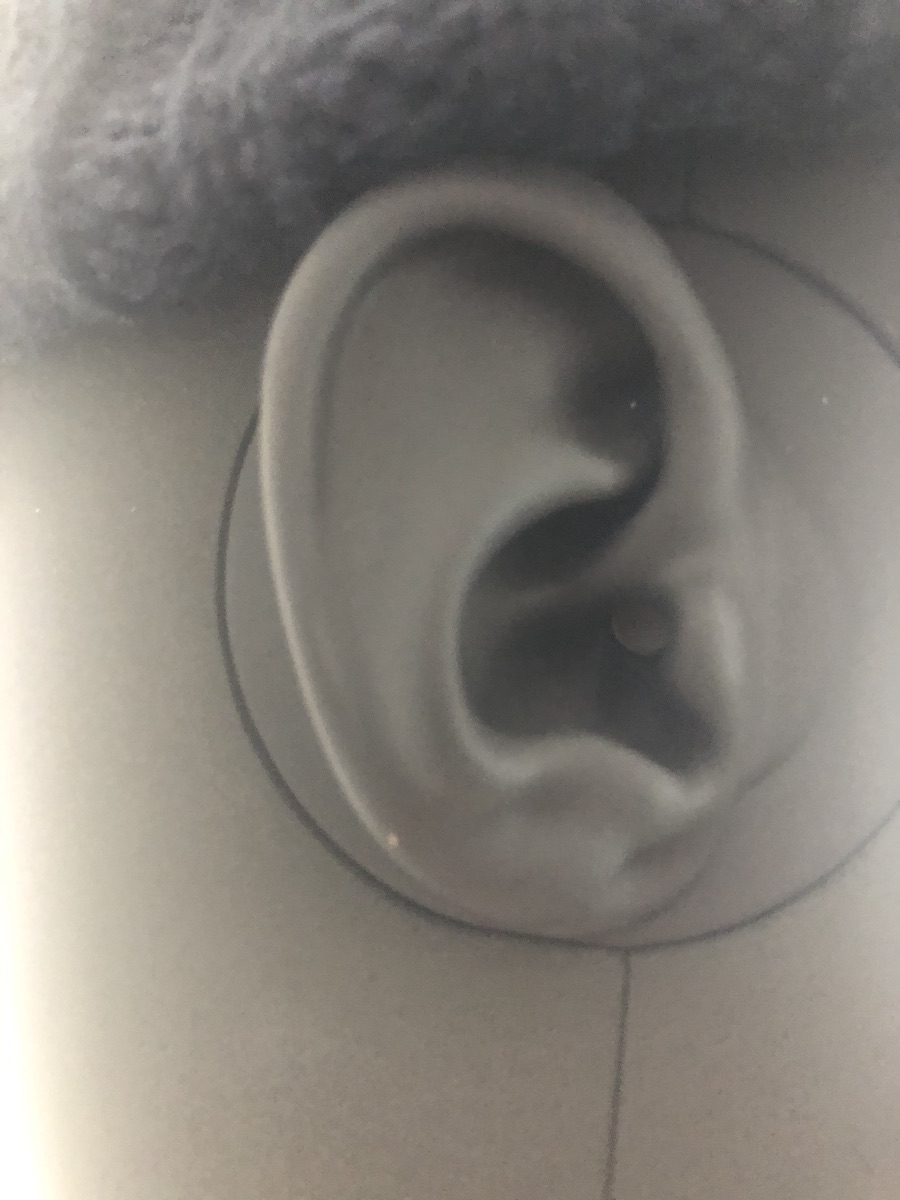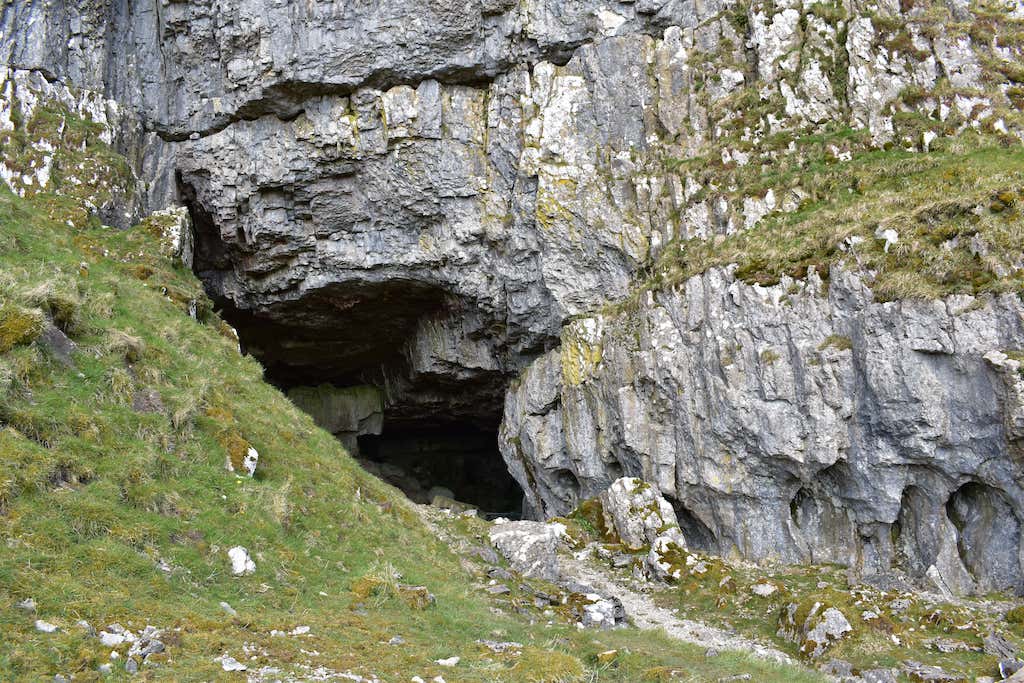Acoustic Atlas, a virtual acoustic map, for the Cultivation of the Capacity to Listen - Research Goals and Context
Acoustic Atlas is a multi-faceted multidisciplinary project that combines acoustic studies, sound art, visualisation art, sound ecology, archaeology, heritage fields, VR, AR, spatial audio, interactive design, map making and music. This page aims to give descriptions of how these fields apply and combine to form something unique.
About the project aims The fellowship aims to focus and promote heritage acoustics both locally (by recording natural UK sites) and globally (by creating a tool that researchers worldwide can use and apply to related work).
Within the Marie S Curie fellowship at the University of York, UK nature sites including Dowkerbottom Cave, Ingleborough Cave and Victoria Cave are investigated and recorded. The recovery of the acoustics of these caves is particularly important in terms of their archaeological, geological and acoustic information. From a scientific point of view, many caves are time capsules, with flora, fauna, bacteria, minerals and fossils that hold treasures from an immensely large timescale compared to human life on earth.
Additionally caves present themselves as archives for understanding peoples’ mythological landscapes and how they have evolved. Victoria Cave produced prominent artifacts, including evidence of the first humans in the Dales starting in 12,500 BC. All three caves present repeated evidence throughout the centuries of mortuary activities indicating that people used the Dales caves to mediate with the spirit world. By the Romano-British, AD 100 to 450 period, various Roman military accoutrements were found around Ingleborough Cave and the inside of Victoria Cave was used as a shrine and there was a workshop area outside.
Previous archaeoacoustic research has pointed out that our ancestors would have interpreted sounds such as echoes as supernatural phenomena and the voices of spirits. Both Yordas Cave and Ingleborough Cave have connecting shafts and tunnels to neighboring caves, with the possibility of producing such echoes and coupling phenomena. All of this contributes to making these sites excellent case studies for bridging scientific and archaeological research with sound art. The historical evidence provides inspiration for connecting past with present, whilst the acoustic characteristics are compelling compositional material.
The main artistic action is the creation of a series of novel listening experiences that are connected to each studied cave. It allows for ‘virtual acoustic travel’ to these natural sites where people can interact, listen and create music with the acoustics of each space. The experience has various layers: the realtime live acoustic feedback from the listener’s mic input, another layer of field recordings of environmental sounds belonging to each site.
Sound reveals space in an audio-tactile way that adds tremendous depth to our sense of corporeal presence and spatial awareness in any chosen environment. As our lives continue to expand into digital domains it is crucial that our digital ability to ‘listen’, as well as our awareness of the processes that shape this listening experience, are equally expanded.
You are invited to explore this website to understand the context and research aims of Acoustic Atlas.
About Auralisation

The sonic component of the virtual reconstruction of a site is termed ‘auralisation’. For example, a person recorded singing in an anechoic chamber (an acoustically dry space, with no sound reflections), can be made to sound as though they were singing in a large cathedral, or a cave or any given acoustic space for which the data is available..
Acoustics provide important real-time spatial information about the environment: sound cues such as perceived loudness, spatial position, reverberation and perceived distance, are intuitively interpreted by humans to make sense of the size and shape of their environment.
About the slogan: ‘Cultivating the Capacity to Listen’

In the light of ‘urgency of climate change’, Donna Haraway responds with the creation of the term ‘sym-poiesis’ - a making together as well as 'response-ability’ which is a ‘cultivation through which we render each other capable, that cultivation of the capacity to respond’. (Anthropocene, Capitalocene, Chthulhocene - Donna Haraway in conversation with Martha Kenney, p255).
Acoustic Atlas renders us capable, to listen. We take action (respond) through active listening - rendering each other capable to listen. By doing so, we refine our ability respond better. The project is a sym-poiesis of virtual acoustic map making, not only of heritage sites, but containing the history, mystery and consciousness surrounding and embedded within each site and what that mirrors in our imaginations. The cultivation of the capacity-to-listen-to and connect beyond time and space.
Acoustic Atlas invites people to sing into virtual acoustic caves (and into a virtual darkness). Such an experience allows for a phenomenological connection with the remote site and meditative pondering of meaning, listening and play.
Acoustic Atlas is a virtual acoustic map making project with a social engagement agenda. Conservation as creative participatory journey.
How to record the acoustic characteristics of a space?
Preservation is done by collecting room impulse responses (RIRs) of each cave, to enable the creation of auralisations.
To collect the room impulse responses (RIR), a sine-sweep test signal is played through a loudspeaker and recorded through an Ambisonics microphone. This allows the researcher to capture the spatial characteristics of each location. For a full study of each space, the researcher will choose a set of source and receiver positions.
The source positions are where the loudspeaker will be positioned and correspond to parts of the space in which natural or artificia sources are present. The receiver positions correspond to listener positions. A room impulse respons is captured for every source-receiver combination, allowing for a full acoustic mapping of each space. In the context of intangible heritage, virtual reconstructions of world heritage sites are becoming increasingly useful to allow for multi-sensory immersive access, research and conservation.
UK Natural Heritage sites - The Yorkshire Dales
Acoustic Atlas aims to digitally preserve the acoustical heritage and soundscapes of 3 UK nature sites: Dowkerbottom Cave, Ingleborough Cave and Yordas Cave.
The recovery of the acoustics of these caves is particularly important in terms of their archaeological, geological and acoustic information. From a scientific point of view, many caves (e.g. Victoria Cave) are time capsules, with flora, fauna, bacteria, minerals and fossils that hold treasures from an immensely large timescale compared to human life on earth.
Additionally caves present themselves as archives for understanding peoples’ mythological landscapes and how they have evolved. Victoria Cave produced prominent artifacts, including evidence of the first humans in the Dales starting in 12,500 BC. All three caves present repeated evidence throughout the centuries of mortuary activities indicating that people used the Dales caves to mediate with the spirit world. By the Romano-British, AD 100 to 450 period, various Roman military accoutrements were found around Ingleborough Cave and the inside of Victoria Cave was used as a shrine and there was a workshop area outside.
Previous archaeoacoustic research has pointed out that our ancestors would have interpreted sounds such as echoes as supernatural phenomena and the voices of spirits. Both Dowkerbottom and Ingleborough Cave have connecting shafts and tunnels to neighboring caves, with the possibility of producing such echoes and coupling phenomena.
All of this contributes to making these sites excellent case studies for bridging scientific and archaeological research with sound art. The historical evidence provides inspiration for connecting past with present, whilst the acoustic characteristics are compelling compositional material.
More about Acoustic Atlas
These virtual acoustic (or live auralisation) experiences are enabled by a novel application of web-audio technology that is a unique ubiquitous site of ‘listening’ (found in the 'Experience'). This application aims to involve a wide community of archaeoacousticians and researchers working in heritage acoustics, to make their work audible through the platform. Acoustic Atlas aims to advance the collection and sharing of acoustic measurements of heritage sites in such a way that it can be experienced both as information as well as in a direct sensory way as real-time, augmented audio.
Musical works will next be created for selected locations and various artists are invited to participate, so that the acoustic representations of these sites are accessible not only as scientific acoustic data, but also as art experiences, as immersive sound ecology listening encounters and as participatory interactive singing instances.
The 'Experience' web app is based on growing archive of locations shared by researchers and artists in this field. Check in every couple of months to hear new spaces.
Research papers
Acoustic Atlas - Auralisation in the Browser
Paper for The International Conference on Immersive and 3D Audio
A survey of 3D audio through the browser - practitioner perspectives;
Paper for The International Conference on Immersive and 3D Audio